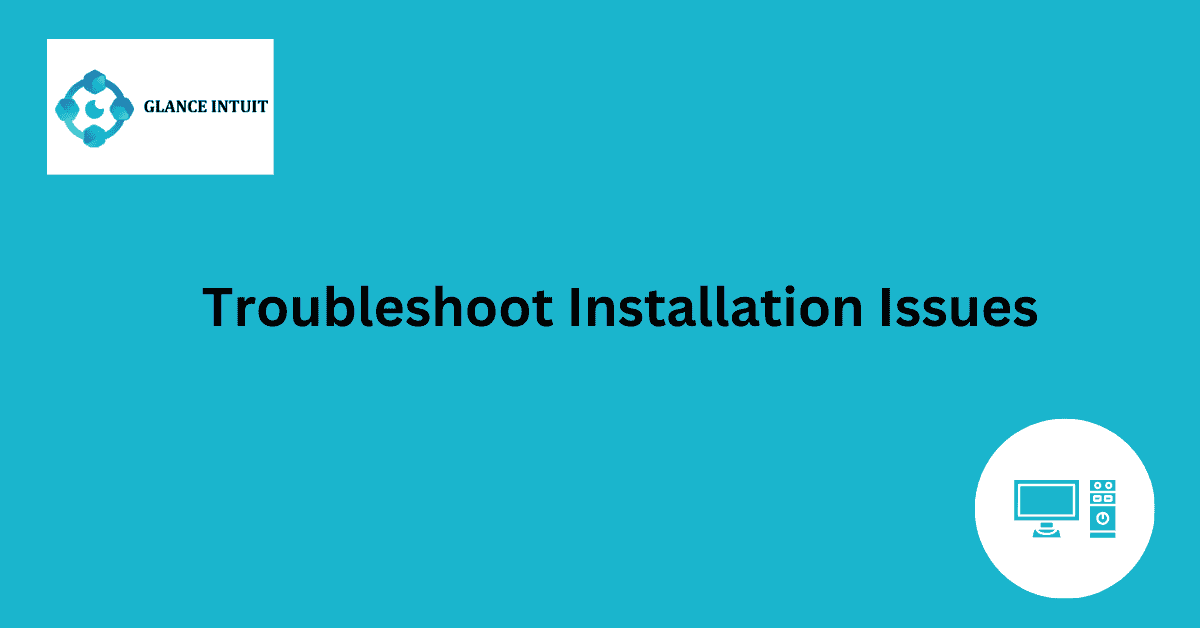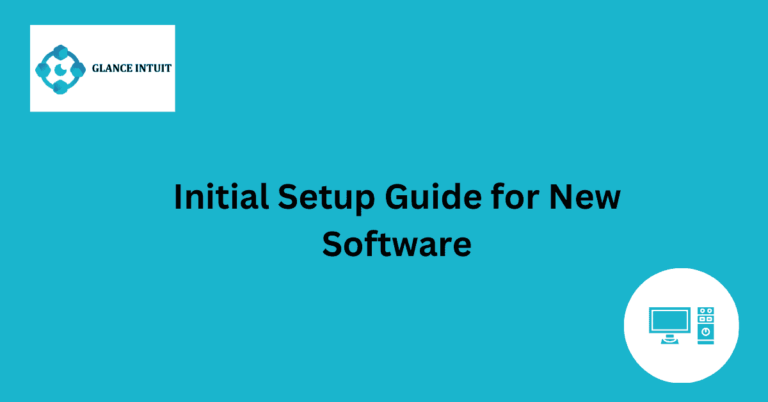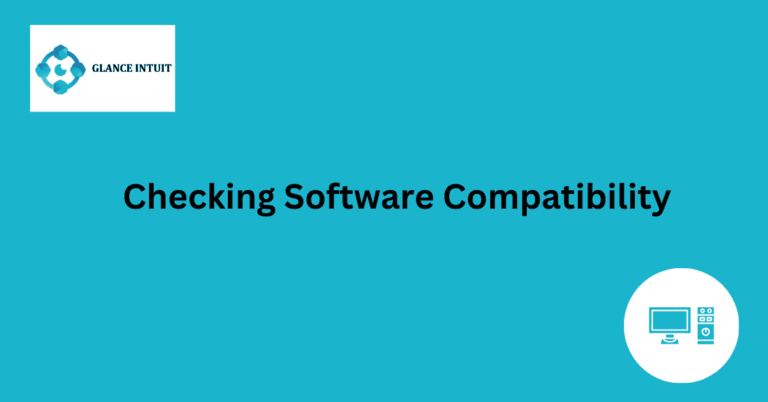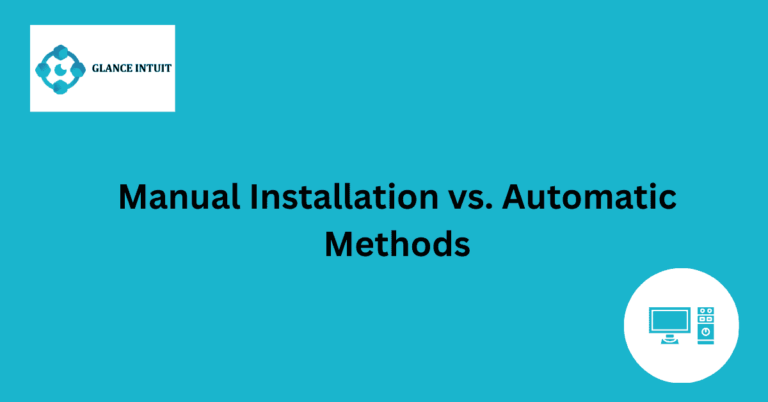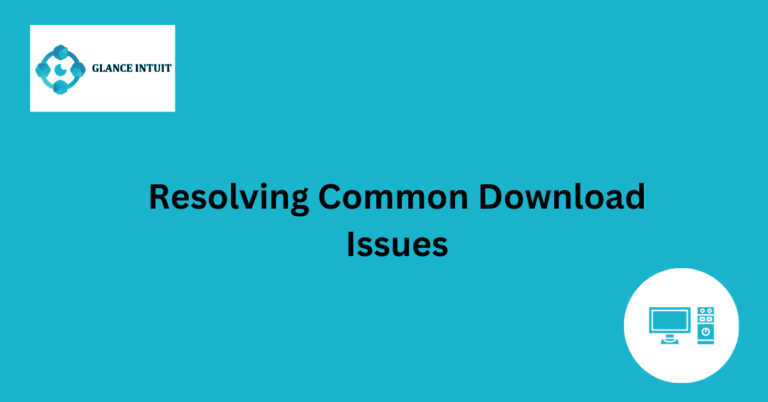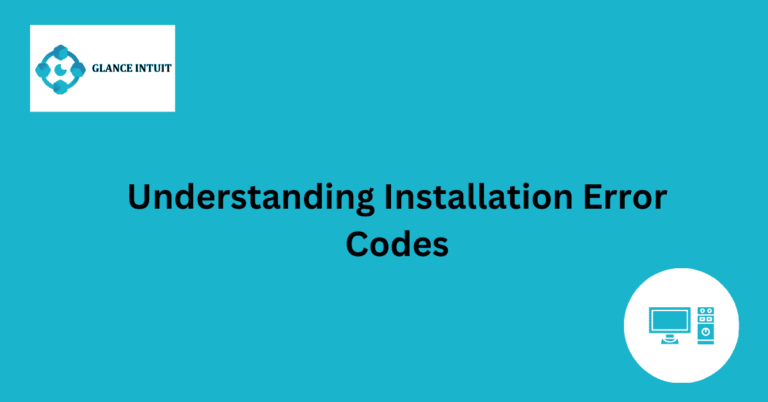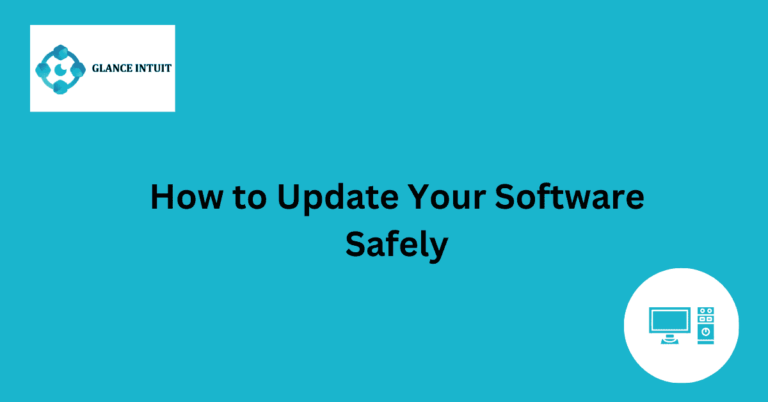Troubleshoot Installation Issues
Troubleshoot Installation Issues can be a challenging task for many individuals who are not familiar with the technical aspects of setting up software or devices. When encountering issues during installation, it is important to remain calm and methodical in your approach. Start by reviewing the installation instructions provided by the manufacturer to ensure all steps are followed correctly. Check for any error messages that may indicate specific issues and try to troubleshoot them one by one.
One common issue when Troubleshooting Installation Issues is compatibility with the operating system or hardware. Make sure that the software or device you are trying to install is compatible with your computer or device specifications. Sometimes, updating drivers or firmware can resolve compatibility issues. Additionally, ensure that you have sufficient disk space and memory available for the installation process to run smoothly.
Troubleshoot Installation Issues Overview
When it comes to troubleshooting installation issues, it is crucial to follow a structured approach to identify and resolve any potential problems that may arise during the process. This ensures a smooth and successful installation of the software or hardware, minimizing any potential disruptions to your system.
Importance of Following Installation Instructions
Following installation instructions is key to a successful setup. It provides guidance on the correct steps to take, helping to avoid any common pitfalls that may occur if the instructions are not followed accurately. This ensures a seamless installation process and reduces the risk of encountering any issues.
Checking for Error Messages
One of the first steps in troubleshooting installation issues is to check for any error messages that may appear during the installation process. These messages can provide valuable insights into what may be causing the problem, allowing you to address it effectively.
Addressing Compatibility Issues
Compatibility issues can often arise during installations, especially when installing software or hardware on older systems. It is essential to ensure that the software or hardware is compatible with your system to prevent any compatibility-related problems from occurring.
Updating Drivers and Firmware
Keeping your drivers and firmware up to date is essential for a smooth installation process. Outdated drivers or firmware can lead to compatibility issues and other installation problems. Updating them ensures that your system is ready for the installation and minimizes the risk of encountering any issues.
Ensuring Sufficient Disk Space and Memory
Insufficient disk space or memory can cause installation issues, leading to errors or failed installations. It is important to check that your system has enough available disk space and memory to accommodate the software or hardware you are installing, preventing any installation-related issues.
Common Challenges During Installation
During installations, it is common to encounter challenges that may hinder the process. Remaining calm and methodical is key to overcoming these challenges and ensuring a successful installation.
Remaining Calm and Methodical
When faced with challenges during installation, it is important to remain calm and approach the situation methodically. This helps in identifying the root cause of the issue and finding an effective solution to resolve it.
Troubleshooting Step by Step
Taking a step-by-step approach to troubleshooting installation issues can help in systematically identifying and resolving any problems that may arise. By following a structured troubleshooting process, you can effectively address any issues and ensure a successful installation.
Frequently Asked Questions
Our Frequently Asked Questions section is designed to provide you with answers to common queries and help enhance your overall user experience on our platform.
How do I troubleshoot installation issues?
Installation issues can be frustrating, but we are here to help. Make sure to check if your device meets the minimum system requirements, update your drivers, and disable any conflicting software before attempting to install the application.
Why is my installation process taking longer than expected?
Several factors can contribute to a prolonged installation process, such as a slow internet connection, insufficient storage space, or a corrupted installation file. We recommend checking your internet speed, freeing up storage space, and redownloading the installation file if necessary.
What should I do if the installation fails repeatedly?
If you encounter recurring installation failures, we suggest running a virus scan on your device, disabling your antivirus software temporarily, and contacting our support team for further assistance. It’s also helpful to ensure that you have administrative privileges to install the software.
How can I resolve compatibility issues during installation?
Compatibility issues can arise due to outdated software, conflicting programs, or hardware limitations. To address this, make sure that your operating system is up to date, close any unnecessary applications running in the background, and verify that your device meets the software requirements specified.
What steps should I take if the installation process freezes or crashes?
If the installation process freezes or crashes unexpectedly, try restarting your device, running the installation as an administrator, and using a different installation source if available. Additionally, disabling any non-essential startup programs can help streamline the installation process.
Is there a way to speed up the installation process?
To expedite the installation process, you can try disabling your firewall temporarily, using a wired internet connection instead of Wi-Fi, and ensuring that your device is not running any resource-intensive tasks in the background. These steps can help optimize the installation speed and minimize any potential delays.

